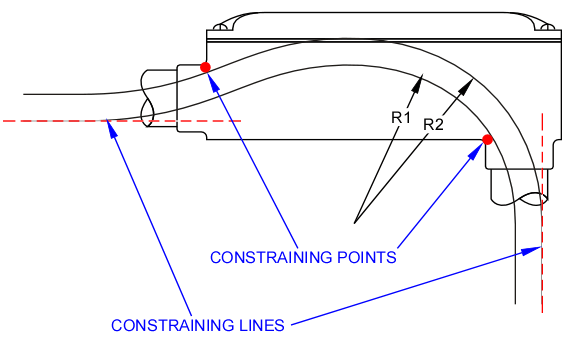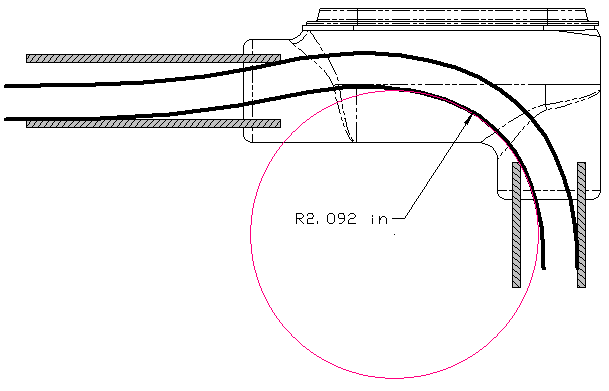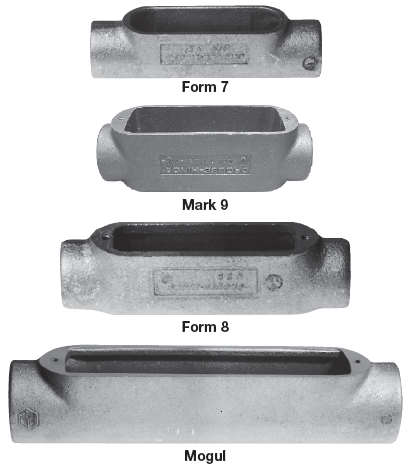That's just ludicrous compared to traditional in-the-field practice. Traditional in the sense of what has been done for at least a half century... with very little if not no consequence.#14:
R1 >= 4*0.34" = 1.36"
R2 >= 4*0.34" + 0.34" = 1.70"
so 2.0" fitting according to your table
#12:
R1 >= 4*0.49" = 1.96"
R2 >= 4*0.49" + 0.49" = 2.45"
so >2.0" fitting according to your table
Did you see and understand the rationale of my earlier post (Post #33)? I remain highly suspect of the "R" value determinations.





